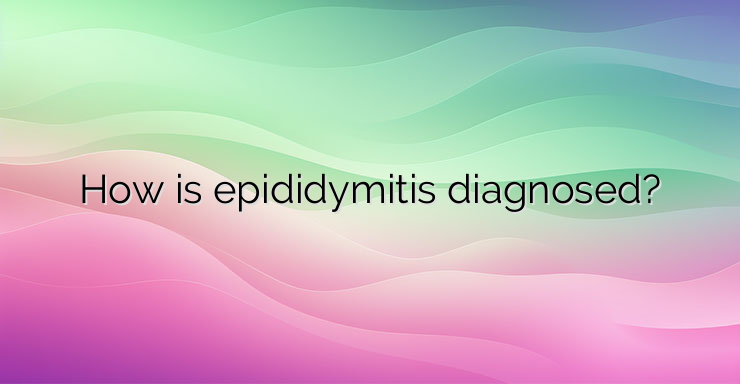How does epididymitis occur? Sexually transmitted infections are a common cause of epididymitis. Gonorrhea and chlamydia are the most common causes of the development of the disease. These infections cause an infection of the urethra, which sometimes travels down the vas deferens to the epididymis or testicles, causing infection there. Other infections, such as those of the urinary tract or tuberculosis, can affect the urethra or other parts of the body and then cause an infection of the epididymis. Little boys can also develop epididymitis. Common causes of epididymitis in children include: Trauma; Urinary tract infections that spread from the urethra and epididymis; Reflux (return) of urine in the epididymis; Torsion or twisting of the epididymis Symptoms of epididymitis in children include: Discharge from the urethra; Discomfort in the pelvis or lower abdomen; Pain or burning during urination; Redness or tenderness of the scrotum; Fever Treatment for epididymitis depends on the underlying cause of the condition. For many reasons, the condition can go away only when supported by rest and taking pain relievers such as ibuprofen. For bacterial infections, such as those of the urinary tract, antibiotics may be prescribed. Drinking more water is also recommended. How is epididymitis diagnosed? The treating physician first performs a physical examination and checks for swelling in the testicles, swollen lymph nodes in the groin, and abnormal discharge from the penis. If there is a discharge, the specialist uses a cotton swab to take a sample and do a test for sexually transmitted infections. The attending physician may also prescribe the following tests and procedures: Rectal palpation (douching), which can show whether an enlarged prostate has caused the complaints; Blood tests, such as a CBC (complete blood count), to determine if there is an infection; A urine test that may show the presence of a urinary tract infection or sexually transmitted infections; Imaging studies may also be ordered to rule out other diseases. These tests create images that allow the specialist to clearly see structures in the body. An ultrasound of the testicles may be ordered to examine them, as well as the surrounding tissue in the scrotum. Bibliography: Shenot, PJ (2015, May). Epididymitis Centers for Disease Control and Prevention (CDC). Epididymitis


Leave a Reply